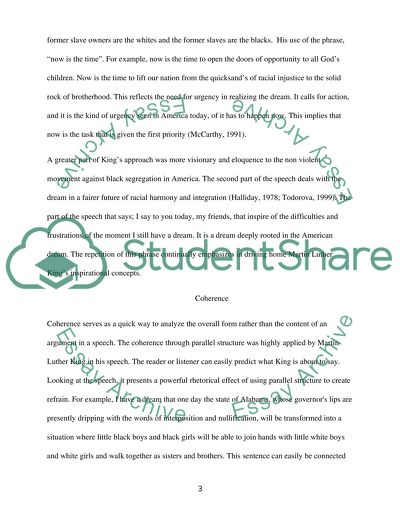Cite this document
(“Political Discourse Analyzing Essay Example | Topics and Well Written Essays - 2000 words”, n.d.)
Political Discourse Analyzing Essay Example | Topics and Well Written Essays - 2000 words. Retrieved from https://studentshare.org/english/1443313-political-discourse-analyzing
Political Discourse Analyzing Essay Example | Topics and Well Written Essays - 2000 words. Retrieved from https://studentshare.org/english/1443313-political-discourse-analyzing
(Political Discourse Analyzing Essay Example | Topics and Well Written Essays - 2000 Words)
Political Discourse Analyzing Essay Example | Topics and Well Written Essays - 2000 Words. https://studentshare.org/english/1443313-political-discourse-analyzing.
Political Discourse Analyzing Essay Example | Topics and Well Written Essays - 2000 Words. https://studentshare.org/english/1443313-political-discourse-analyzing.
“Political Discourse Analyzing Essay Example | Topics and Well Written Essays - 2000 Words”, n.d. https://studentshare.org/english/1443313-political-discourse-analyzing.


